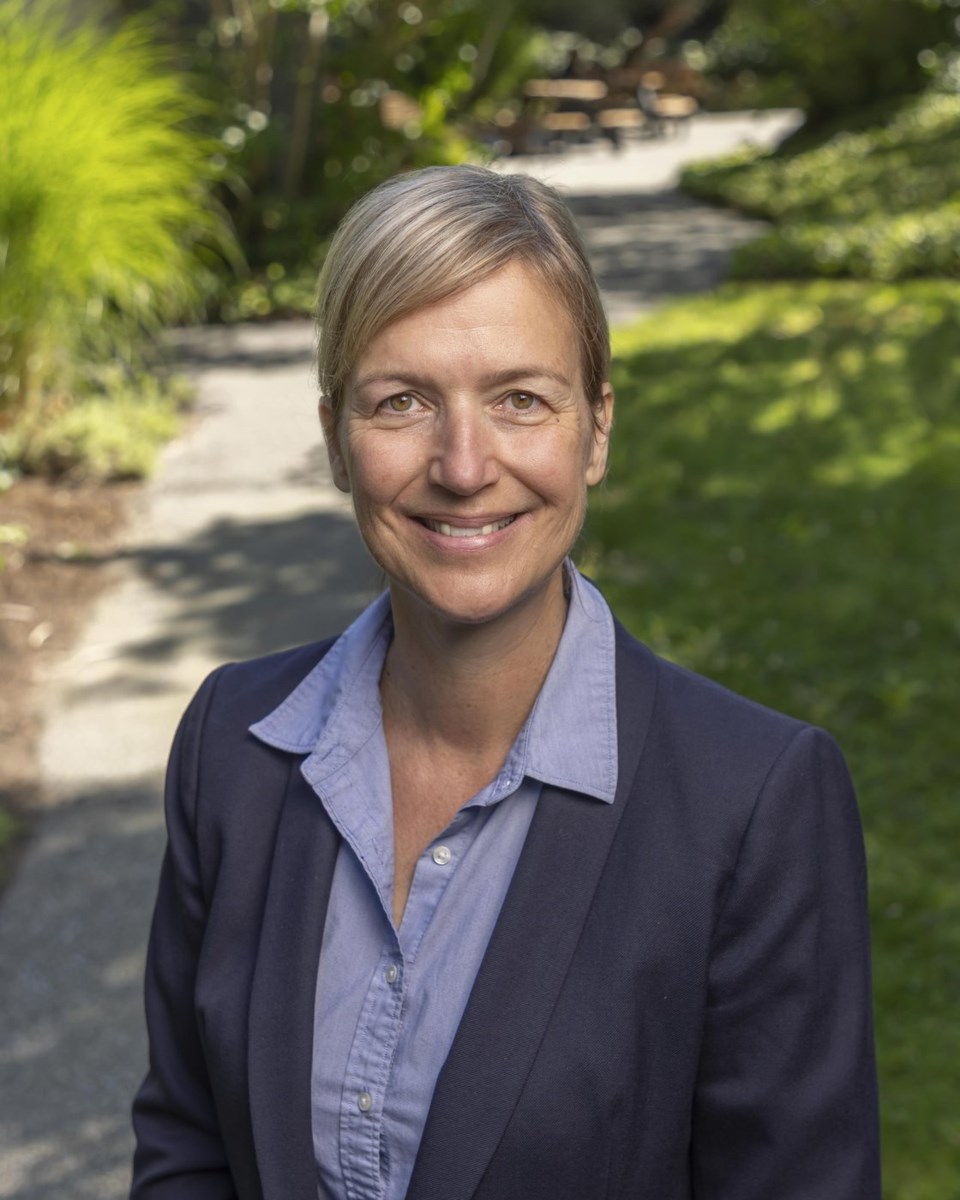The head of British Columbia's police watchdog says Indigenous people remain overrepresented in its investigations of incidents involving officers in which someone is seriously injured or killed.
In her first report as chief civilian director of the Independent Investigations Office, Jessica Berglund said about six per cent of B.C.’s population identify as Indigenous, yet 18 per cent of those involved in IIO investigations were Indigenous.
Berglund said in an interview on Thursday that she thinks there may be additional cases involving Indigenous people that her office is not aware of because citizens could feel uncomfortable coming forward.
In those situations, they rely on local organizations working in communities to help bridge the gap, she said.
"We have already had at least one case in the last several months where someone in a community approached the First Nations Justice Council office in that community and received assistance from them to bring that file to our attention," she said.
"Because it is intimidating and can be off putting to reach out to us directly because we are another investigative agency."
The independent civilian-led police oversight agency was created in 2012 following recommendations from multiple commissions, including one into the 1998 death of Frank Paul, an Indigenous man who was released from Vancouver police custody into an alleyway where he died of hypothermia.
Berglund said overrepresentation of Indigenous people in police interactions has been evident since data tracking began five years ago.
The annual report noted that Indigenous people represented almost 29 per cent of affected persons involved in firearm files.
Berglund said her office is working to improve accessibility and responsiveness and is exploring new ways to make it more approachable to Indigenous communities.
"I believe the IIO has a very important role when we do our investigations to ensure that we are conducting those investigations in both a culturally sensitive and trauma-informed manner," she said.
"So, what we are trying to improve constantly is to increase the knowledge and cultural sensitivity of our people when they deal with witnesses or affected persons or even the communities where those affected persons come from."
Berglund said there are police agencies taking steps to reduce the number of cases involving Indigenous people, but more needs to be done.
"I believe that police can do better. We can do better. Provincial government can do better. The community can do better," she said.
Last month, Berglund released a report highlighting what she called "bigger questions" about the approach police officers take when engaging with a person suffering from a mental health crisis, especially if that person is Indigenous.
Following a case involving a man who died by suicide in Williams Lake, B.C., Berglund said it should be considered that a heavy police presence, including police in military equipment and armoured vehicles may escalate the situation for someone in a mental health crisis
Berglund concluded the officers were acting based on their training, but referred the file to the RCMP Civilian Review and Complaints Commission to assess whether changes to policy or training are necessary.
This report by The Canadian Press was first published Aug. 14, 2025
Ashley Joannou, The Canadian Press



